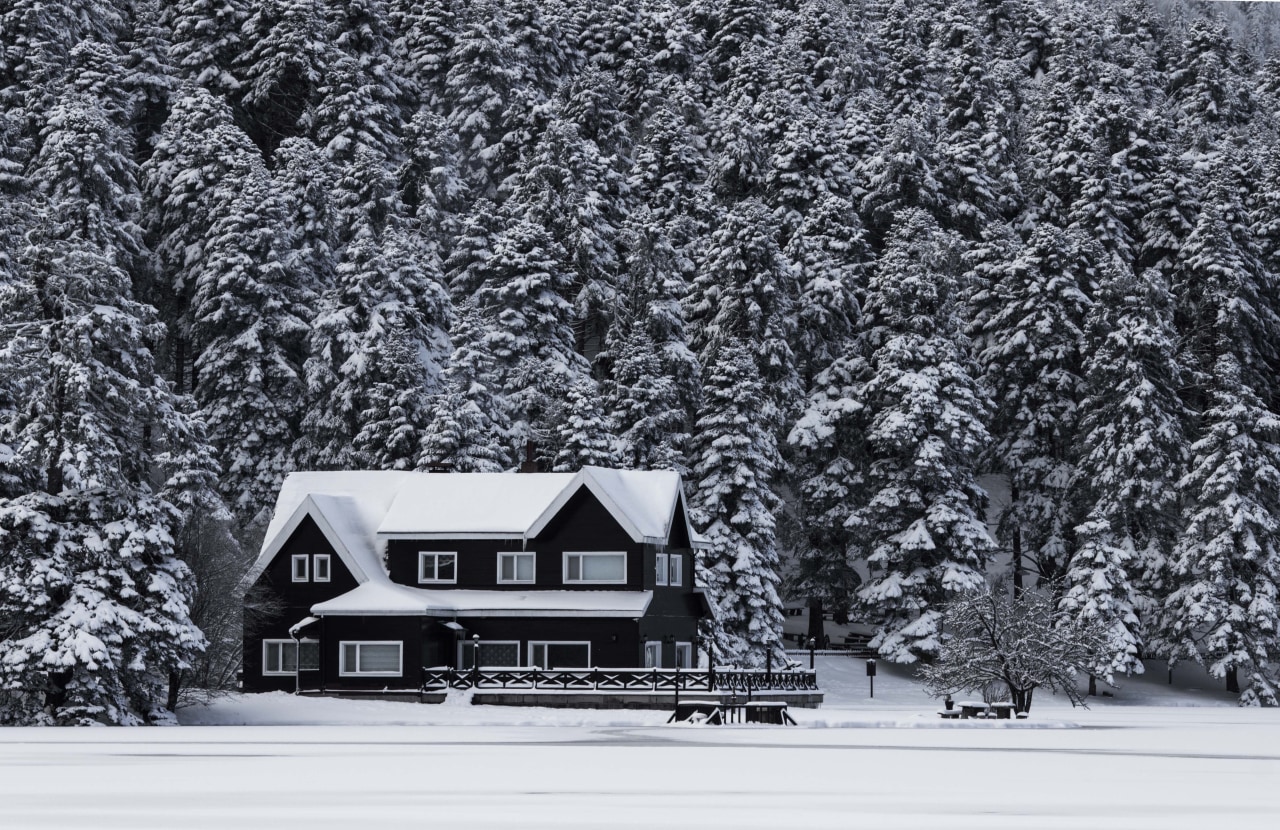Heating 101: Understanding the basics
Prepping for the colder seasons? Unfortunately, warming up your home isn’t as simple as just buying a wall heater. Here’s all you need to know
When winter rolls around, a warm, dry home is one of the best places to be. However, for many people, this season can just mean an uptick in the monthly electricity bill.
In fact, according to Consumer NZ, New Zealanders spent over $600 per household on electricity between the months of July and September 2016, quite a step up from summer month spending.
To help you survive the colder months, we’ve put together this guide to heating your home – without breaking the bank.
Understanding the basics
A warm dry home is more than just a wall heater or fireplace; you’ve got consider insulation, ventilation, dampness and heating equally. Each of these has a role to play in keeping your home warm and dry.
Here’s how it all works.
Insulation
If your home isn’t properly insulated, much of your generated heat is simply going to up and leave through your ceiling/roof, windows and doors, walls and even the floor. Effective insulation should start with your roof, followed by the walls and then the floor. Lastly, use curtains to form seals around your windows.
Dampness
With your home nice and insulated, it’s time to turn our attention to dampness. As you likely know, this can be a serious problem, leaving your home uncomfortable, unhealthy and just generally unpleasant.
Most dampness comes from the bathroom, when you run a shower or bath in a bathroom without proper ventilation. But it can also come from cooking – and even breathing contributes to it.
To largely solve the dampness problem, make sure you run an extractor fan in the bathroom (or use a shower dome) and dry clothes outside whenever possible. Use a rangehood in the kitchen to whisk away steam.
For living areas and bedrooms, dehumidifiers are one of the best ways to reduce moisture in the air.
The more moisture in the air – relative humidity – the more energy it takes to it heat it up and keep it warm.
Ventilation
Natural ventilation may not be a problem if you have an older home (thanks to tiny gaps in the construction), but modern homes will almost certainly be sealed up. The solution? It’s an easy one – open your windows daily to get some air flow through the house.
This helps reduce moisture build up – making your home healthier and easier to warm up.
Home ventilation systems are another good (albeit expensive) option.
Heating
With your home insulated, the dampness taken care of (or at least mitigated), and ventilation sorted, it’s time to assess heating. You can read all about that here.
Story by: David Renwick
Home kitchen bathroom commercial design
Diving into nature
Classic looks, contemporary efficiency
Personality plus

